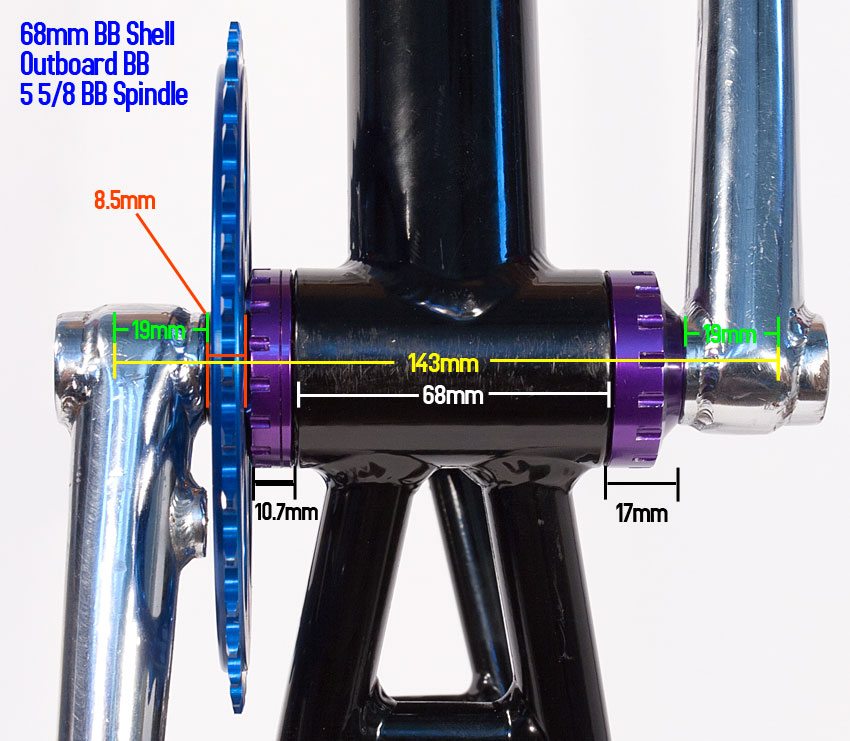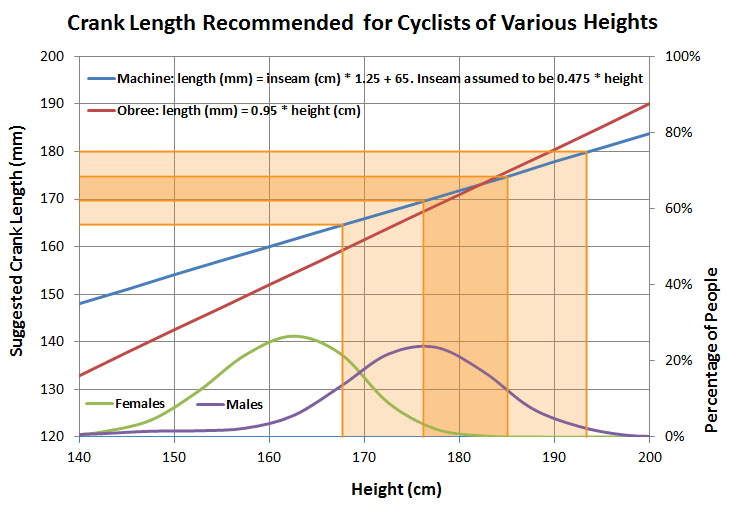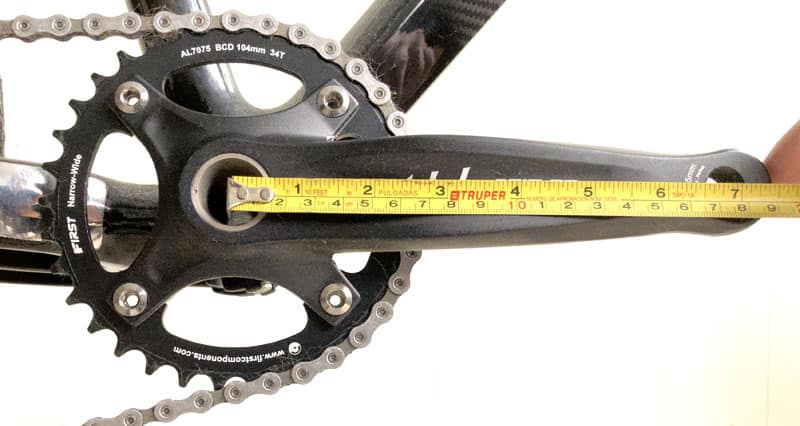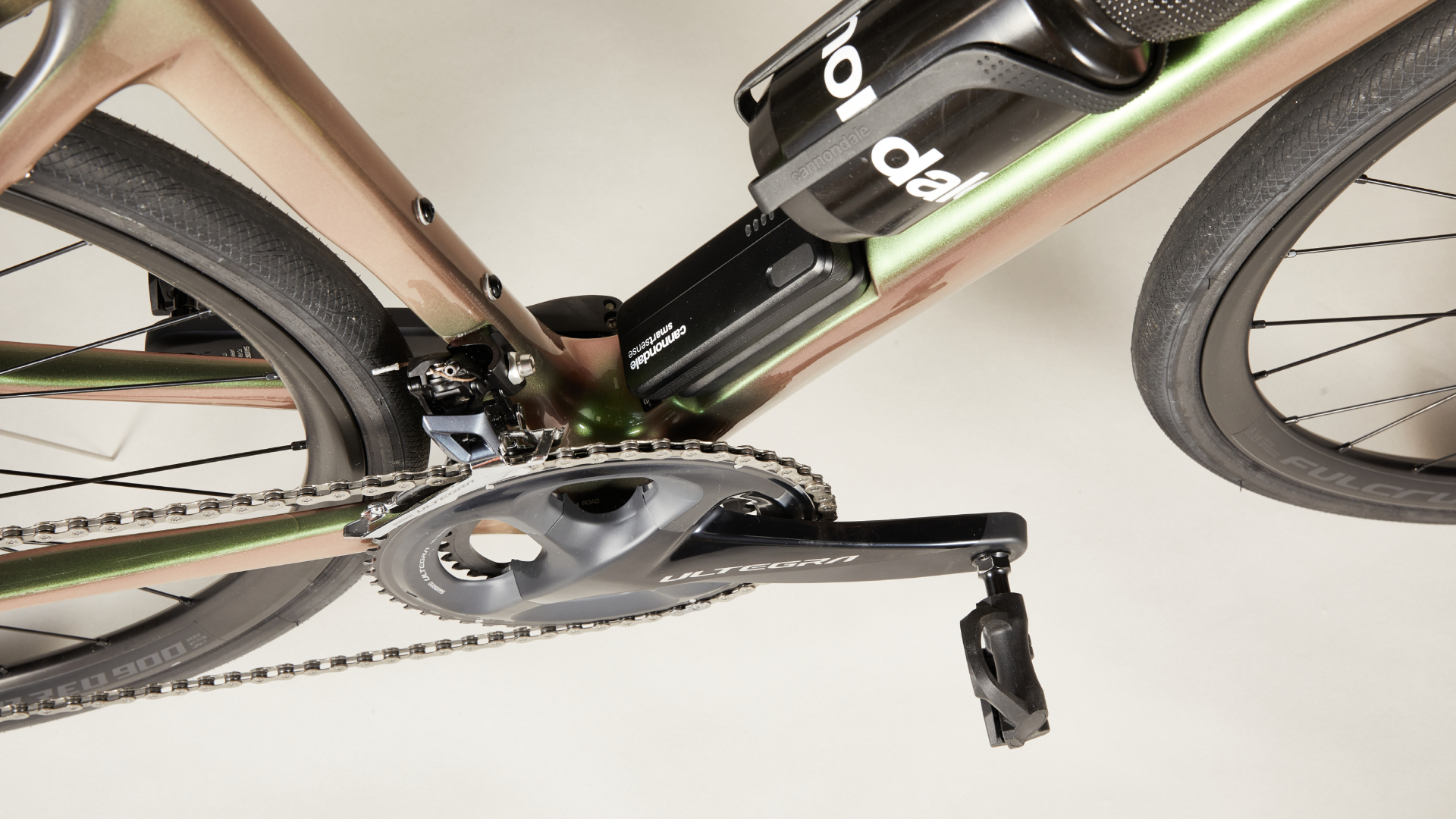Why Crank Arm Length Matters for Efficient Cycling
Proper crank arm length is essential for efficient energy transfer, reduced fatigue, and improved overall cycling performance. When a cyclist’s crank arm length is optimized, they can maintain a smooth pedaling motion, generate more power, and conserve energy. On the other hand, a poorly fitted crank arm length can lead to decreased power output, increased fatigue, and even injuries. This is because a crank arm length that is too long or too short can disrupt the natural pedaling motion, causing the cyclist to expend more energy than necessary. A comprehensive crank arm length chart can serve as a valuable resource in finding the ideal crank arm length, taking into account factors such as height, inseam, and riding style. By understanding the importance of proper crank arm length, cyclists can take the first step towards optimizing their bike fit and achieving peak performance.
Understanding Your Riding Style: How to Choose the Right Crank Arm Length
Different riding styles and body types require unique crank arm lengths to optimize performance and comfort. For instance, road cyclists typically require shorter crank arms to facilitate quick pedaling and high cadence, while mountain bikers may prefer longer crank arms to provide more power and stability on varied terrain. Triathletes, on the other hand, may benefit from crank arms that offer a balance between power and efficiency. Additionally, body type plays a significant role in determining the ideal crank arm length. Taller riders may require longer crank arms to maintain a comfortable riding position, while shorter riders may prefer shorter crank arms to avoid feeling cramped. Flexible riders may benefit from shorter crank arms to take advantage of their range of motion, while less flexible riders may prefer longer crank arms to compensate for their limited mobility. To determine your optimal crank arm length, consider your riding style, body type, and personal preferences. A comprehensive crank arm length chart can also serve as a valuable resource in finding the ideal crank arm length for your specific needs.
How to Measure Your Crank Arm Length: A Step-by-Step Guide
Measuring your crank arm length is a crucial step in optimizing your bike fit for efficient cycling. To ensure accurate measurements, follow these steps:
1. Gather the necessary tools: You’ll need a ruler or tape measure, a pencil, and a piece of paper.
2. Identify the correct measurement point: Measure from the center of the crank axle to the center of the pedal spindle. This is the most accurate point to measure, as it takes into account the crank arm’s length and the pedal’s position.
3. Record your measurement: Take note of the measurement in millimeters or inches, and record it for future reference.
Common mistakes to avoid when measuring crank arm length include:
– Measuring from the wrong point, such as the edge of the crank arm or the pedal’s outer edge.
– Failing to account for the pedal’s position, which can affect the overall length of the crank arm.
– Relying on manufacturer recommendations without considering individual factors, such as riding style and body type.
By following these steps and avoiding common mistakes, you can accurately measure your crank arm length and use a comprehensive crank arm length chart to find your ideal length. This will help you optimize your bike fit, improve your cycling performance, and reduce the risk of injury.
Crank Arm Length Chart: A Comprehensive Guide to Finding Your Ideal Length
A comprehensive crank arm length chart is an essential tool for cyclists looking to optimize their bike fit and improve their performance. The chart provides a detailed guide to recommended crank arm lengths based on a rider’s height, inseam, and riding style.
The chart is divided into three main categories: road, mountain, and triathlon. Within each category, riders can find their ideal crank arm length based on their height and inseam. For example, a road cyclist who is 5’10” (178 cm) with an inseam of 32″ (81 cm) may require a crank arm length of 170-172.5 mm.
To use the chart effectively, follow these steps:
1. Determine your riding style: Are you a road, mountain, or triathlon cyclist?
2. Measure your height and inseam: Take accurate measurements to ensure the best results.
3. Consult the chart: Find your ideal crank arm length based on your height, inseam, and riding style.
4. Consider your body type: If you’re a tall or short rider, you may need to adjust your crank arm length accordingly.
5. Test and adjust: Try out your ideal crank arm length and make adjustments as needed to ensure optimal performance and comfort.
By using a comprehensive crank arm length chart, cyclists can find their ideal crank arm length and optimize their bike fit for improved performance, reduced fatigue, and enhanced overall cycling experience.
The Impact of Crank Arm Length on Pedaling Efficiency and Power Output
Scientific research has consistently shown that crank arm length has a significant impact on pedaling efficiency and power output. A properly fitted crank arm length can improve cycling performance by optimizing the transfer of energy from the rider to the pedals.
Studies have demonstrated that a crank arm length that is too short or too long can lead to reduced pedaling efficiency, decreased power output, and increased fatigue. This is because an improperly fitted crank arm length can disrupt the rider’s natural pedaling motion, causing unnecessary strain on the legs and reducing the effectiveness of each pedal stroke.
On the other hand, a crank arm length that is tailored to the rider’s individual needs can improve pedaling efficiency by allowing the rider to maintain a smooth, circular pedaling motion. This, in turn, can lead to increased power output, reduced fatigue, and enhanced overall cycling performance.
One study published in the Journal of Sports Sciences found that riders who used a crank arm length that was optimized for their individual needs experienced a significant increase in power output and pedaling efficiency compared to riders who used a standard crank arm length. Another study published in the International Journal of Sports Physiology and Performance found that riders who used a crank arm length that was tailored to their riding style and body type experienced reduced fatigue and improved overall cycling performance.
By using a comprehensive crank arm length chart and considering individual factors such as riding style, body type, and pedaling technique, cyclists can optimize their crank arm length for improved pedaling efficiency and power output. This can lead to enhanced cycling performance, reduced fatigue, and a more enjoyable riding experience.
Real-World Examples: How Crank Arm Length Affects Professional Cyclists
Professional cyclists are well aware of the importance of optimizing their crank arm length for improved performance. Many top riders have experimented with different crank arm lengths to find the perfect fit, and the results are impressive.
Take, for example, the case of Chris Froome, the four-time Tour de France winner. Froome has been known to experiment with different crank arm lengths to optimize his pedaling efficiency and power output. By using a crank arm length that is tailored to his individual needs, Froome has been able to maintain a high cadence and generate immense power, even on the toughest climbs.
Another example is the American professional cyclist, Taylor Phinney. Phinney has spoken publicly about the importance of crank arm length in optimizing his performance. By using a crank arm length that is optimized for his riding style and body type, Phinney has been able to improve his pedaling efficiency and reduce fatigue, allowing him to perform at a high level over long distances.
These real-world examples demonstrate the importance of crank arm length in professional cycling. By optimizing their crank arm length, professional cyclists can gain a competitive edge and improve their overall performance. And it’s not just professional cyclists who can benefit – recreational riders can also improve their performance and reduce fatigue by using a crank arm length that is tailored to their individual needs.
By using a comprehensive crank arm length chart and considering individual factors such as riding style, body type, and pedaling technique, cyclists can optimize their crank arm length for improved performance. Whether you’re a professional cyclist or a recreational rider, optimizing your crank arm length can help you ride faster, longer, and more efficiently.
Common Mistakes to Avoid When Choosing a Crank Arm Length
When it comes to choosing a crank arm length, many cyclists make common mistakes that can negatively impact their performance. By being aware of these mistakes, cyclists can avoid them and find the optimal crank arm length for their needs.
One common mistake is relying solely on manufacturer recommendations. While manufacturers provide general guidelines for crank arm length, these recommendations may not take into account individual factors such as riding style, body type, and pedaling technique. Cyclists should consider these factors when choosing a crank arm length, rather than relying solely on manufacturer recommendations.
Another mistake is ignoring riding style. Different riding styles, such as road, mountain, and triathlon, require different crank arm lengths. For example, road cyclists may prefer a shorter crank arm length to improve pedaling efficiency, while mountain cyclists may prefer a longer crank arm length to provide more power and control. Cyclists should consider their riding style when choosing a crank arm length to ensure optimal performance.
Additionally, cyclists should avoid ignoring their body type. Tall cyclists may require a longer crank arm length to accommodate their longer legs, while shorter cyclists may require a shorter crank arm length. Flexible cyclists may prefer a shorter crank arm length to improve pedaling efficiency, while less flexible cyclists may prefer a longer crank arm length to provide more power and control.
By avoiding these common mistakes, cyclists can find the optimal crank arm length for their needs. Using a comprehensive crank arm length chart and considering individual factors such as riding style, body type, and pedaling technique can help cyclists optimize their crank arm length for improved performance.
Remember, finding the right crank arm length is a process that requires patience, experimentation, and attention to detail. By taking the time to find the optimal crank arm length, cyclists can improve their performance, reduce fatigue, and enhance their overall cycling experience.
Conclusion: Optimizing Your Crank Arm Length for Peak Performance
In conclusion, proper crank arm length is a crucial aspect of efficient cycling. By understanding the importance of crank arm length, considering individual factors such as riding style and body type, and using a comprehensive crank arm length chart, cyclists can optimize their crank arm length for improved performance.
Remember, finding the right crank arm length is a process that requires patience, experimentation, and attention to detail. By taking the time to find the optimal crank arm length, cyclists can improve their pedaling efficiency, reduce fatigue, and enhance their overall cycling experience.
Don’t settle for subpar performance – take control of your cycling experience by optimizing your crank arm length. Whether you’re a professional cyclist or a recreational rider, the benefits of proper crank arm length are undeniable. So why wait? Start optimizing your crank arm length today and experience the difference for yourself.









